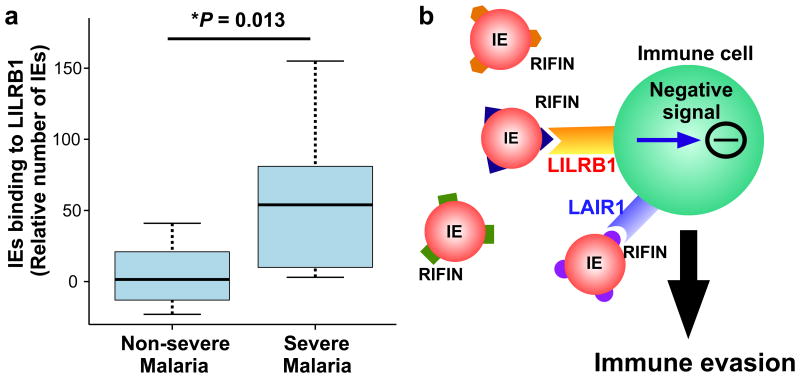Figure 4. Binding of Plasmodium falciparum-infected erythrocytes to LILRB1 is associated with severe malaria.
a, Binding of IEs from Tanzanian patients with malaria diagnosed with cerebral malaria, severe anaemia or both (severe malaria, n = 9) or non-cerebral or non-severe anaemia (non-severe malaria, n = 30) to LILRB1-Fc, relative to control-Fc (median, 75 and 95 percentiles and two-sided Mann–Whitney U test). b, Diagram of the suggested mechanism of immune evasion. P. falciparum induces the expression of RIFINs on the surface of IEs. Individual RIFINs may have evolved to target host inhibitory receptors, thus facilitating escape from host immune systems, which may lead to inefficient development of immunity.

